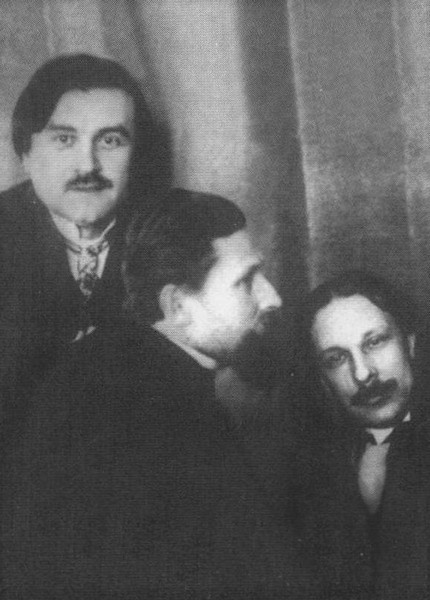
1884 - 1935
Aleksei Morgunov

description
A Russian artist, an illegitimate son of famous landscape painter-wanderer Alexei Savrasov. Alexey Morgunov was at the center of the creative events and artistic ideas of the Russian avant-garde in the first two and a half decades of the 20th century, but subsequently completely abandoned it.
The artist was an active member and exhibitor of the Moscow Association of Artists, Youth Union, Jack of Diamonds, became a participant in such landmark exhibitions as Tram V, Shop (Petrograd), Moscow Salon, and The World of Art, Fifth State Exhibition of Paintings in Moscow, etc.
Morgunov was a close friend of Malevich. Together they invented different shocking events for Futurists. He was a regular at Kracht’s salon of intellectuals; was fond of the theories of M. Larionov and N. Goncharova, working both in neo-primitivistic and cubo-futuristic manners. In terms of style of his early and late creative periods, he was the closest to French Fauvism.
As a professor of painting, he taught at the State Free Workshops and was a member of the Objective Analysis group at the Institute of Artistic Culture. In the last decade of his creative career, moving away from the avant-garde, he created thematic paintings that are close to the style and meet the spirit of socialist realism.
Key ideas:
– The artist turned to the latest methods upon his return from Europe in 1910 – enthusiastically joined the “Jack of Diamonds” avant-garde group, the backbone of which was Moscow “cezannists”. Members of the community denied academic painting, and Morgunov himself was at that time impressed by the work of Manet.
– Morgunov initially defined his artistic priorities as follows, «The study of the French: Cezanne, Matisse, Van Gogh. Chinese painting, Russian lubok, Persian miniature, signboard cause delight… ” Such a variety of styles and trends was reflected in the artist’s works.
– Using the techniques of naive folk art, Morgunov “added” methods of such avant-garde trends as Fauvism, Cubism and Cubo-Futurism to the primitive technics.
– Under the influence of Malevich, using the principles of Suprematism, the artist created works in the style of alogism. Malevich considered the painting by Morgunov “Chaliapin goes to the bathhouse” as a vivid example of this method (only the sketch was preserved).
– In the compositions of the period of his membership in the Supremus community, Morgunov’s paintings are dominated by non-objectivity, and the shapes of objects are various geometric shapes, letters, signs and numbers.
– Suddenly and completely moving away from the avant-garde in the last decade of his life and creative career, Morgunov created plot paintings “for the wickedness of the day” – he praised people’s work at construction sites, the life of collective farmers, etc. in post-impressionist, neo-primitivist and realistic manners.
1884
1899
1904
1909
1910
1912
1914
1915
1918
1920
1922
1932
1935
Aleksei Morgunov was born
Entered the Imperial Stroganov Central School of Industrial Art

Was admitted to the association "Moscow Association of Artists"

He went on an educational trip to Europe

He left the association of the Moscow Association of Artists

The artist was a member of the Genesis group

He became one of the closest associates of Malevich
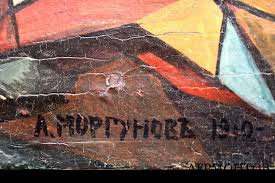
Participated in the avant-garde exhibitions "Tram B" and "Shop"

He was a member of the board of the Fine Arts of the People's Commissariat of Education
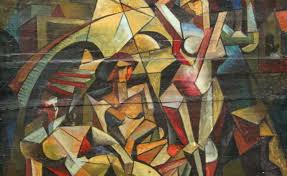
Worked in various commissions of the People's Commissariat for Education

Morgunov's works were shown at exhibitions of Soviet art in Berlin
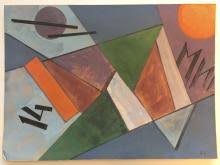
Participated in the anniversary exhibition "Artists of the RSFSR for 15 years”
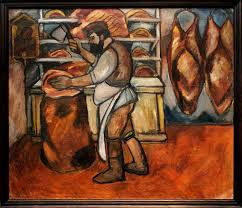
Aleksei Morgunov died

Aleksei Morgunov
On Artist
flow
Neo-primitivism
Cubofuturism
Neoclassicism
Socialist realism
friends
Kazimir Malevich
Vladimir Tatlin
David Burliuk
artists
Eduard Manet
Paul Cezanne
Henri Le Focognier
Pablo Picasso
By Artist
flow
Cubofuturism
friends
Ivan Klyunkov
Natalya Goncharova
Mikhail Larionov
artists
Lyubov Popova
Nadezhda Udaltsova
Vasily Rozhdestvensky
Alexander Vesnin
